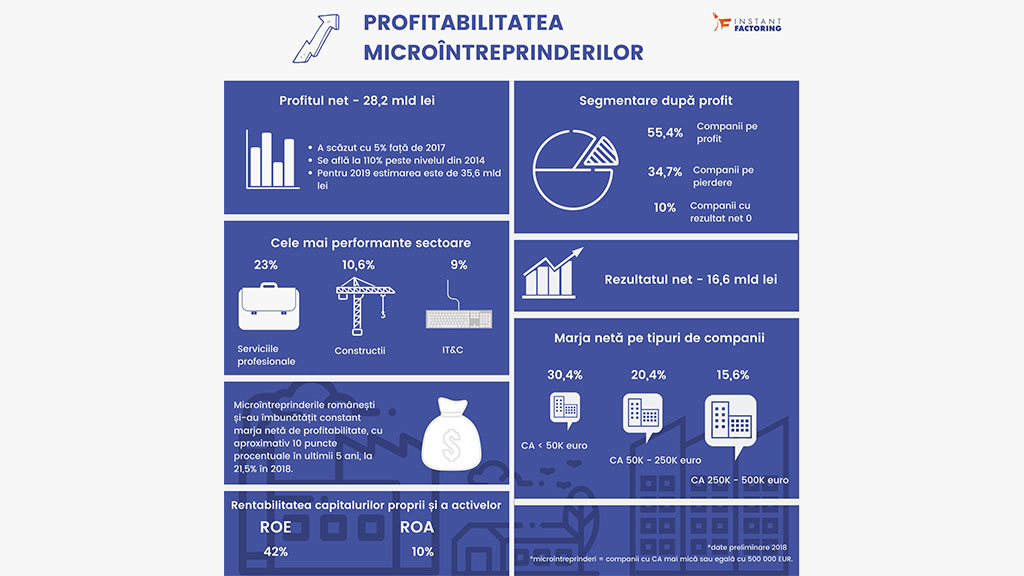Nevertheless, the move is the start of a rate cut cycle, supported by signs of moderating inflation. Opening up the unconventional monetary policy tool kit Hungary’s national bank announced a “Funding for Growth Scheme” (FGS) that should boost lending. Without knowing the details it would be premature to judge the FGS, but we think that it may not jeopardize HUF assets.
However, unconventional monetary policy is also no “quick fix” to kick-start a economy with structural problems (take a look at the UK and the Bank of England measures!). In Poland market bets on additional rate cuts (possibly 50bp) are increasing. Therefore, the MPC meeting next week and the wording afterwards will be key for the LCY bond market. Given current trends in the real economy (see our Focus on page 2) it seems not unreasonable that markets bet on rate cuts.
Romania
This week’s revised GDP data reflected better performance by the economy last year. Real GDP is now estimated by the statistical office to have expanded by 0.7% in 2012, instead of 0.3% previously. Also, real GDP excluding agriculture is now estimated to have expanded by 2.2% in 2012, compared with 1.8% estimated previously. This aggregate expanded by 1.5% in 2011. Still, according to our calculations, Q4 2012 was the worst quarter in the year. We are not looking for any visible improvement in activity in Q1 (we foresee real GDP inching up marginally by 0.2% qoq and by 0.7% yoy) and expect the recovery to remain subdued in Q2 as well. Liquidity conditions in the money market improved again in recent days and ROBOR rates moved to lower levels. Improving liquidity conditions in the money market and the ability of the Finance Ministry to tap only small amounts of debt in the primary market are good news for bond prices (short-end of the yield curve may benefit the most).
Analyst: Nicolae Covrig
Poland
The bond market strengthened its bets on further monetary policy easing in Poland and yields across the curve approached historical lows. As the market has priced in more than two more rate cuts of 25bp each, Polish bonds may seem somewhat overpriced, but we still see room for yields to fall. More important is the fact that investors in Polish debt do not have to fear rate hikes in the foreseeable future and that the current yields remain attractive for foreign investors, whose role on the local market is still rising. Thus, yields may continue to fall next week unless the MPC publishes unexpected (very) hawkish commentary.
Analyst: Pawe Radwañski (8 22 585 20 00)
Hungary
The Monetary Council surprised with an extraordinary meeting, after which Governor Matolcsy announced a framework of new policy measures. The programme has three pillars, aiming at two key points in the Hungarian economy: the high level of external short-term debt and the tight credit conditions for SMEs. As the actual outcome of the programme will depend on the very details which are to be discussed and agreed with the banking sector in the coming months, it is not possible to judge the effectiveness yet. Nevertheless, it is very welcome that the Hungarian authorities are inclined to cooperate with the market players (this time with the banks). As the programme is limited in both time and volume, we see little risk in it. Indeed, it should limit market’s unease over time and thus help Hungarian assets.
Analyst: Adam Keszeg
Find the complete financial study for the region and Romania in the attached pdf documens





























